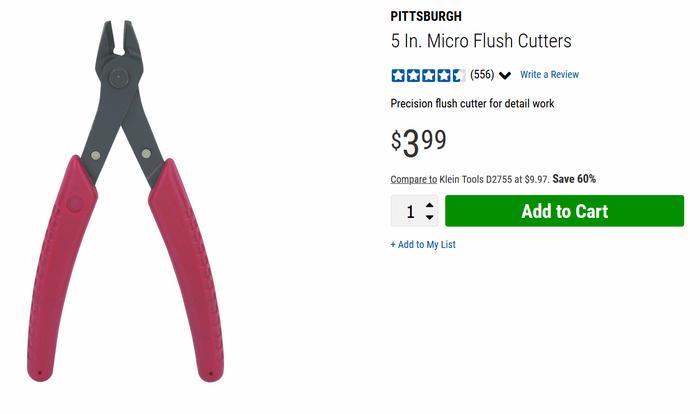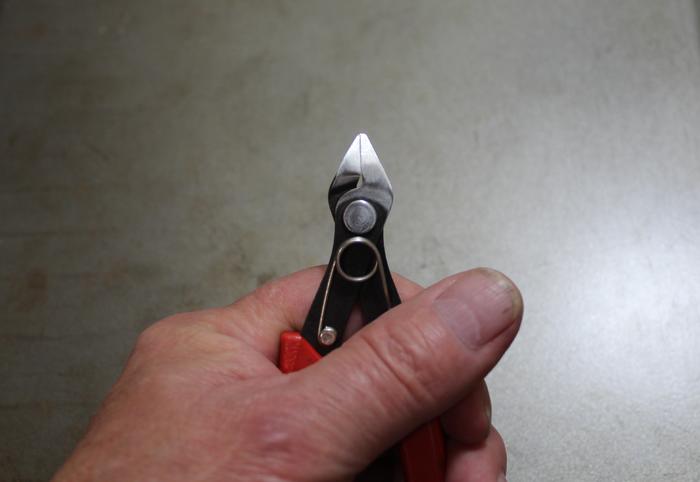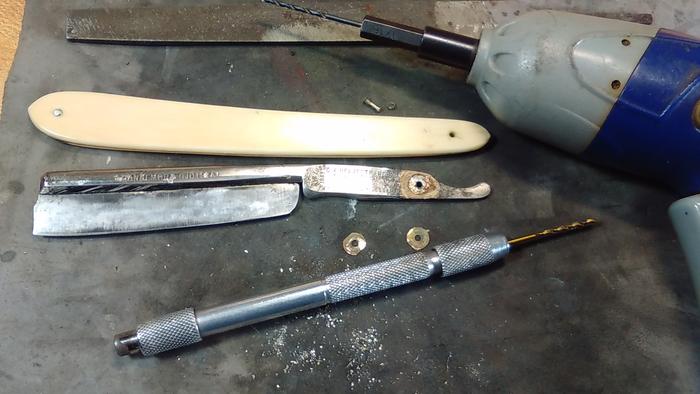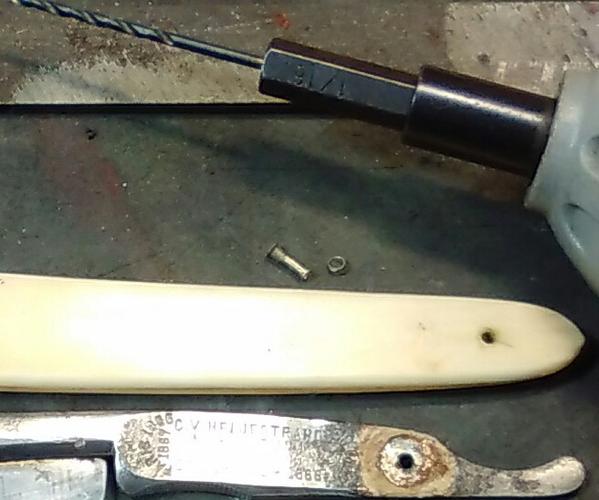Results 61 to 70 of 91
Thread: Disinfecting / Sanitizing
-
11-29-2019, 12:45 AM #61

Hey maybe I really did mean to type Ed 40, my buddy Ed makes his own formula with 40 ingredients
“ I,m getting the impression that everyone thinks I have TIME to fix their bikes”
-
11-29-2019, 01:17 AM #62
-
11-30-2019, 02:47 PM #63

Hi Guys
How do you all remove the razor pins?
End cutting pliers?
Cutting disk on a dremel?
Or is there a better way?
Steve- - Steve
You never realize what you have until it's gone -- Toilet paper is a good example
-
11-30-2019, 04:04 PM #64Senior Member



- Join Date
- Mar 2012
- Location
- Thunder Bay, Ontario, Canada
- Posts
- 17,374
Thanked: 3228
Here you go https://sharprazorpalace.com/worksho...ng-scales.html
There are more threads if put unpinning into the forum search box. Not much has changed over the years.
BobLife is a terminal illness in the end
-
The Following 2 Users Say Thank You to BobH For This Useful Post:
randydance062449 (12-02-2019), STF (12-01-2019)
-
11-30-2019, 04:14 PM #65

Get some flush cutting cutters. About $20
If you don't care where you are, you are not lost.
-
11-30-2019, 08:21 PM #66
-
11-30-2019, 08:49 PM #67

As has been said, if you don't care about the washers flush cutters work very well.
A highly respected member and pro honer/restorer here turned me onto these cutters:

He does grind the down side more flush and said that he'll get around 3 months of steady usage out of one.
Yes I do use them Our house is as Neil left it- an Aladdins cave of 'stuff'.
Our house is as Neil left it- an Aladdins cave of 'stuff'.
Kim X
-
The Following User Says Thank You to cudarunner For This Useful Post:
STF (12-01-2019)
-
12-01-2019, 01:37 AM #68
-
12-01-2019, 01:49 AM #69

I used my tabletop belt sander and a 120 grit belt. I figured that with the flat backing it would help keep things flat. I've been using mine for at least 3 years and if memory serves I used a hard rubber sanding block and some finer sandpaper to remove the deep scratches but I don't think they would have affected how they clipped.
When I visited with my friend Mr Clean we picked him up a pair and used his belt sander.
I suppose a diamond plate would also work. Probably just slower.
 Our house is as Neil left it- an Aladdins cave of 'stuff'.
Our house is as Neil left it- an Aladdins cave of 'stuff'.
Kim X
-
The Following User Says Thank You to cudarunner For This Useful Post:
STF (12-01-2019)
-
12-01-2019, 04:13 AM #70

I prefer to save the collars, so I drill the head of pin off, and push the pin thru. Have yet to break a scale this way, and I don't use a drill press
If you ever work with ivory, Steve. You'll want to learn to drill them out, cause they don't have collars typically, and breaks easily under a sudden shock/impact.
What looks like a collar in this picture, is actually the head off the pin from this set of Ivory scales.


Last edited by outback; 12-01-2019 at 04:25 AM.
Mike
-
The Following User Says Thank You to outback For This Useful Post:
Steel (12-01-2019)


 255Likes
255Likes LinkBack URL
LinkBack URL About LinkBacks
About LinkBacks







 Reply With Quote
Reply With Quote




